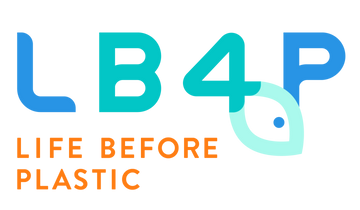How Plastic Is Made

Made from non-renewable materials, is it time to choose to refuse plastic?
Plastic. A material we’re so used to seeing on the shelves, in our homes, everywhere we look. But do we know how it’s made? With plastic pollution reaching peak levels and no sign of it stopping, it’s high time we think about where it comes from.
In this article, we talk about how plastic is made and what steps we can take to reduce our plastic intake.
What is plastic made from?
The first step in producing plastic is through the extraction of raw materials. Most commonly, plastic is made from crude oil and natural gas. These non-renewable materials are extracted from land and the sea floor.
Once this raw material has been extracted it moves into the next stage of plastic production.

How is plastic made?
Using crude oil, the oil is refined into ethane and propane. At oil refineries, this oil is heated in a furnace to separate the components. This “cracking” process, turns the ethane and propane into ethylene and propylene.
Ethylene and propylene are chemically bonded into chains or polymers, also called hydrocarbons. This blend of materials is then blended by melting them together before feeding them to an extruder. This mixer is then cooled and cut into small pellets or nurdles. These nurdles are small pellets in a variety of colours which can be melted into the final product.
How are nurdles transported?
These small pellets or nurdles are usually transported to factories by ship, where they are melted and moulded into plastic bottles, packaging or other plastic products.
Unfortunately, there are occasional shipping incidents where nurdles are lost at sea, leaking into the oceans and causing mass microplastic pollution.

How can you help to reduce plastic pollution?
One of the best personal ways to prevent plastic pollution is to reduce the amount of single-use plastic you purchase. This helps to put pressure on producers, encouraging them to use environmentally friendly packaging.
You can write to your local government and MP, informing them of your concerns and by voting for the political party addressing your environmental concerns.
Consider raising awareness in your community by hosting litter picking events like beach cleans or river clean ups. One of the most effective ways to make change happen is within your local environment.
Plastic has its uses but without proper waste management, pollution is rife. With plastic still being produced from non-renewable sources, it’s time we chose to refuse single-use plastic.

